Solar Powered Rainwater Project – Completed?
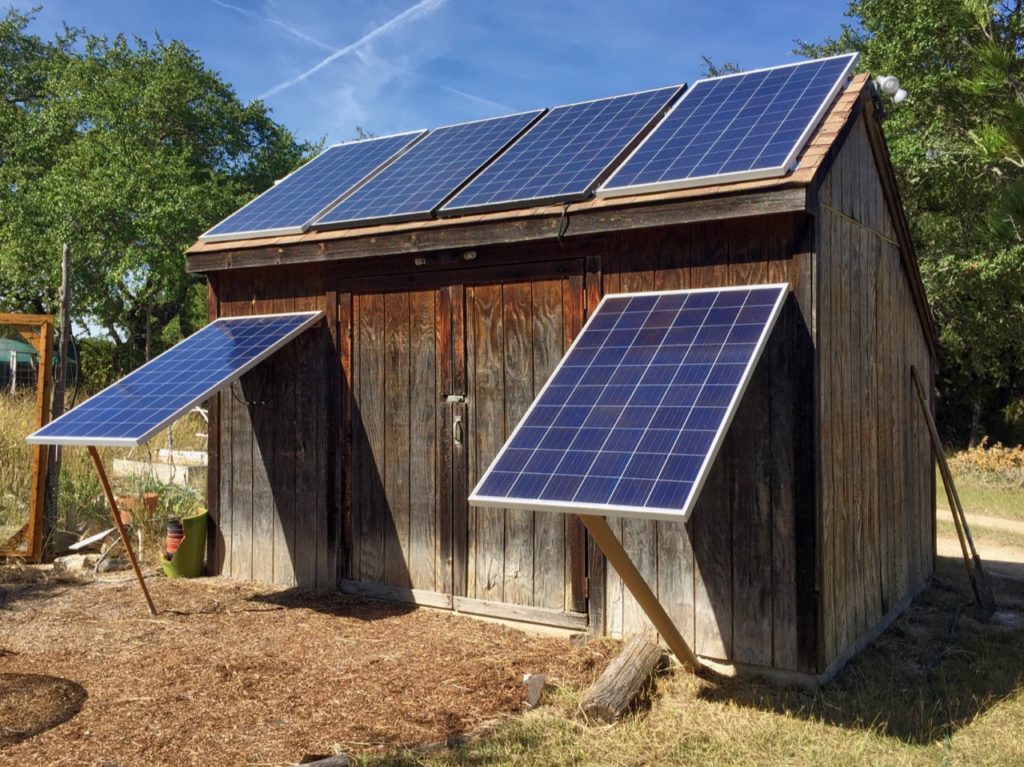
The Solar Powered Rainwater Project began about eight months ago, although one might argue it is the culmination of my rainwater system dreams beginning in 2002.
Continue reading →

The Solar Powered Rainwater Project began about eight months ago, although one might argue it is the culmination of my rainwater system dreams beginning in 2002.
Continue reading →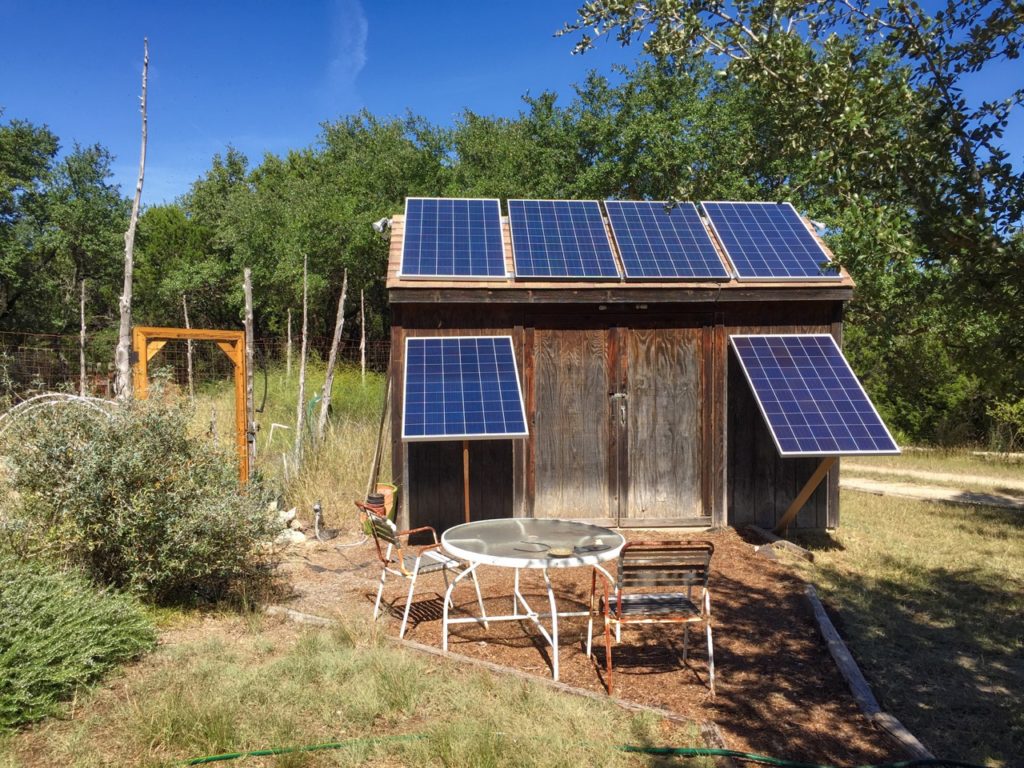
The solar-powered rainwater system was complete — except for more panels, and a cable to isolate the rainwater power from the rest of the system. Construction on the rainwater system began in 2002, when I trenched the various wires and pipes into the ground. I needed power for the rainwater system, and tapped into an underground wire originally intended to supply power to the well.
Continue reading →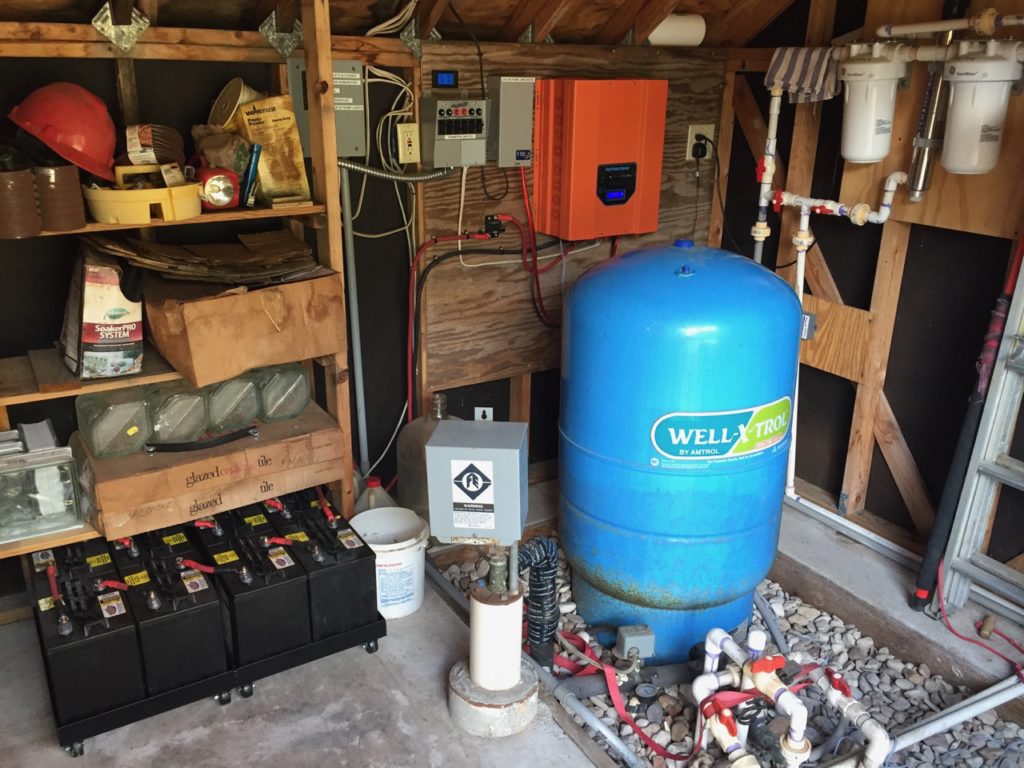
With all the parts in stock, it was time to assemble the whole Solar Powered Rainwater Project. I cleaned out a space in the garden shed, and added plywood to the wall for attaching the various components. We would be mounting the inverter/charge controller, solar panel combiner/breakers, A/C transfer switch and related wiring.
Continue reading →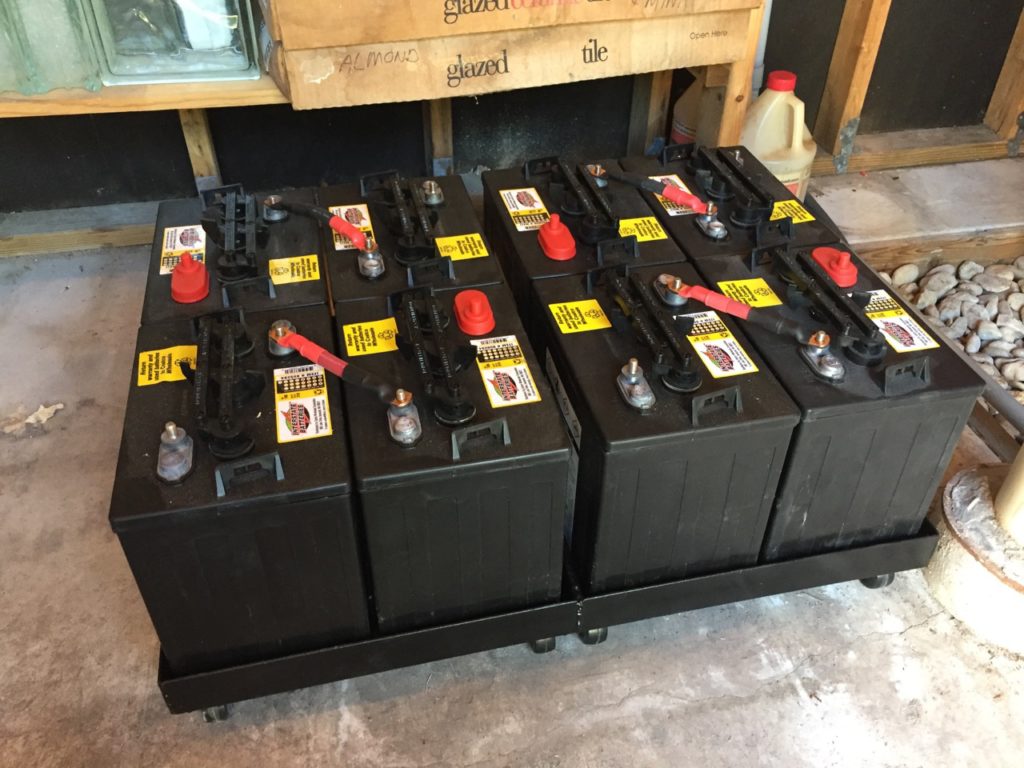
You may recall from an earlier post that the Solar Powered Rainwater Project requires substantial battery storage. In our original calculations, we decided we would need 15,796 watt/hours of storage to provide three days of autonomy (or days without sun).
Continue reading →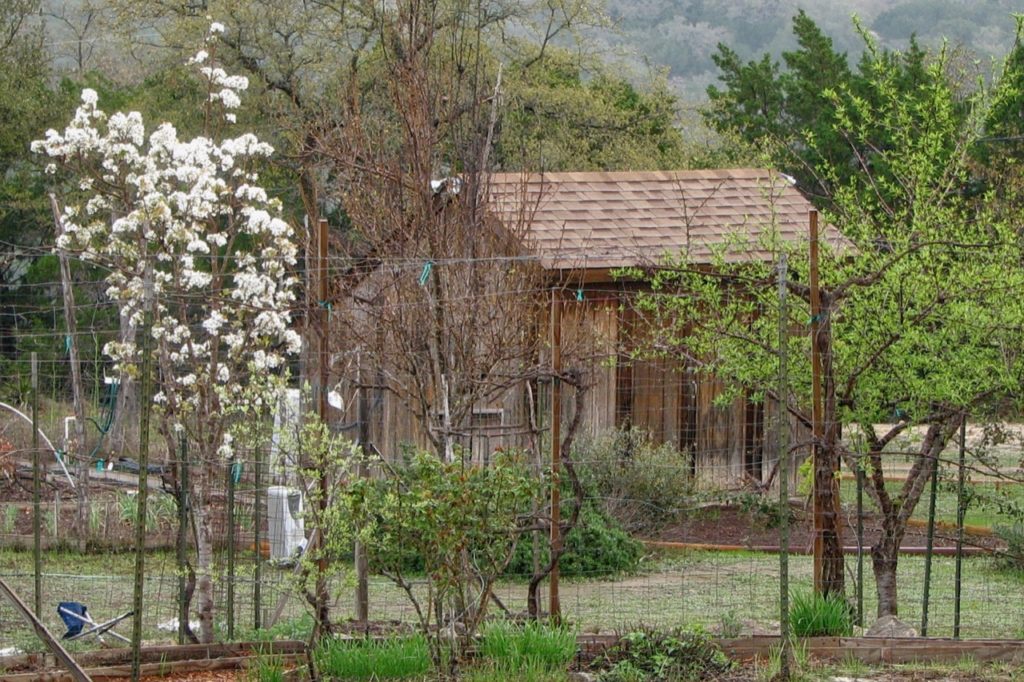
Major equipment purchase done, it’s time to think about the installation. The solar panels will be arriving in a day or two, and I plan to install them right away. Solar panels produce maximum power when the sun is perpendicular to … Continue reading →
Previously, we discussed the amount of power needed, and how that determines the size of the solar array. We also mentioned Days of Autonomy and how that informs battery storage. Now for Charge Controllers and Inverters — the brains that tie everything together. … Continue reading →
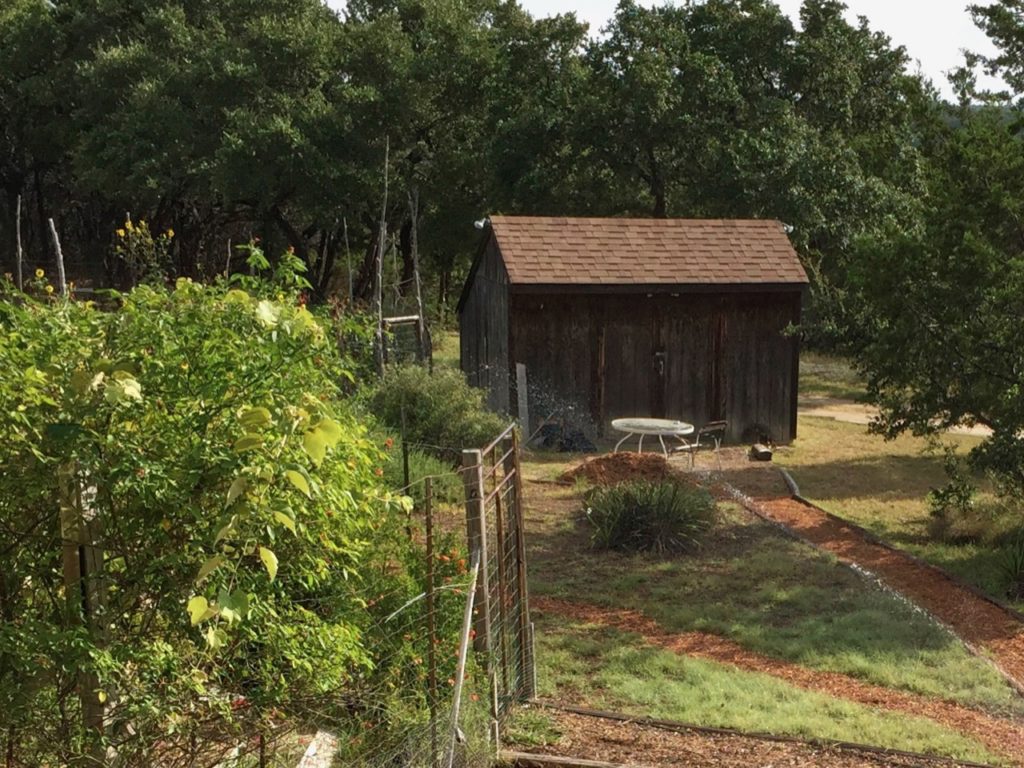
In a previous Project post, we determined our power needs – 1300 watt-hours per day to pump water. Now we can calculate the battery bank capacity, solar panel wattage, and inverter capacity needed for our installation. Let’s start with the panel … Continue reading →
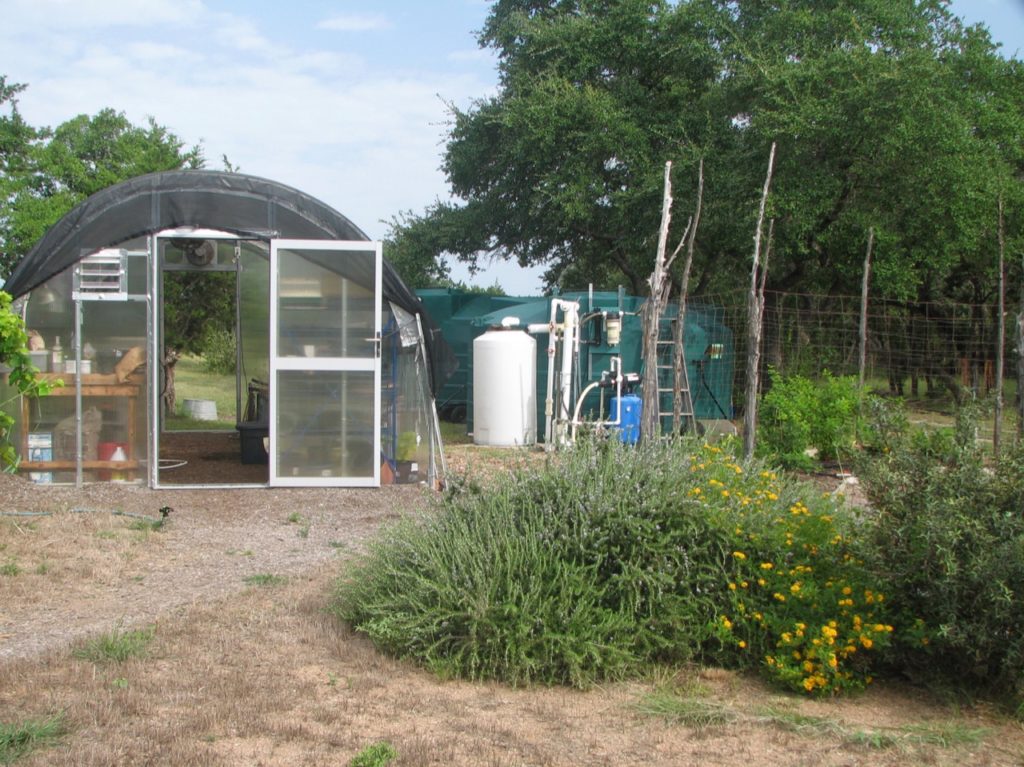
If you’ve been following along, you’ve noticed several solar-powered projects here at Roy Creek Ranch. From a simple system to “top-up” the storage battery in the Teardrop trailer and upgrading it to make an off-grid camper, to powering my amateur radio … Continue reading →